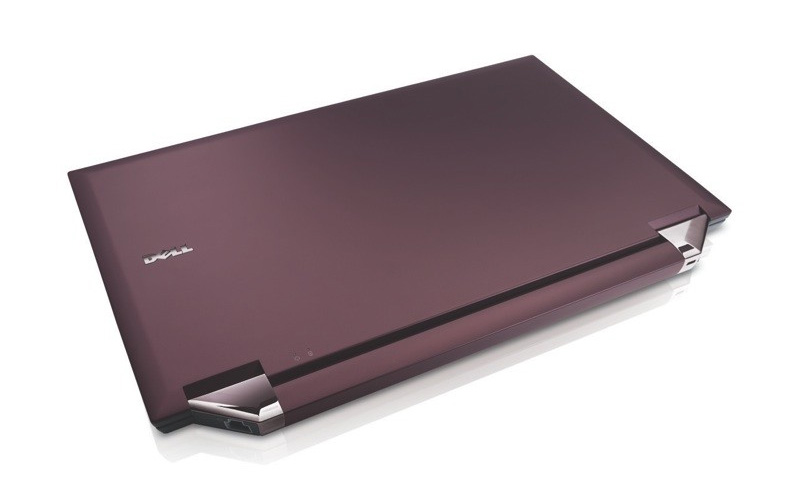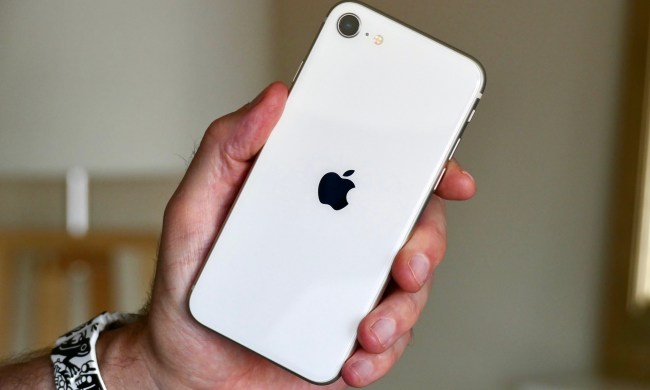 It’s finally official – those of you who’ve been waiting eagerly to go and buy your iPhone will be able to go and do it on June 29. Itwill retail for about $600, and demand is going to be high for what Apple head Steve Jobs has touted as the “God machine.” Apple made the announcementin commercials that aired last night. The iPhone will be on sale at Apple and AT&T stores, and the company claims to have already received over a million inquiries. They’re alreadybeing offered on eBay, well ahead of release, with promises to deliver a phone once available, with auction prices rising well over $800. With all the buildup, the iPhone promises to be asuccess story on the level of the iPod. Apple wants to shift 10 million phones by the end of 2008, and analysts predict that the company will easily eclipse that; there are rumors that Apple hasalready placed orders for an additional five million handsets. In its ads, Apple has promised that the iPhone will be “a revolutionary mobile phone, a widescreen iPod with touchcontrols, and a breakthrough Internet communications device with desktop-class e-mail, web browsing, maps and searching,” all utilizing a new type of interface. Excitement was stokedhigher last week. At the D: All Things Digital conference, Jobs said Apple was exploring ways for outside developers to create software for the iPhone, and Apple has said it plans for outside smallprograms developed for the Mac to be available on the iPhone. “If you look at the iPhone, it’s software wrapped in wonderful hardware,” said Jobs. The iPhone was firstannounced six months ago.
It’s finally official – those of you who’ve been waiting eagerly to go and buy your iPhone will be able to go and do it on June 29. Itwill retail for about $600, and demand is going to be high for what Apple head Steve Jobs has touted as the “God machine.” Apple made the announcementin commercials that aired last night. The iPhone will be on sale at Apple and AT&T stores, and the company claims to have already received over a million inquiries. They’re alreadybeing offered on eBay, well ahead of release, with promises to deliver a phone once available, with auction prices rising well over $800. With all the buildup, the iPhone promises to be asuccess story on the level of the iPod. Apple wants to shift 10 million phones by the end of 2008, and analysts predict that the company will easily eclipse that; there are rumors that Apple hasalready placed orders for an additional five million handsets. In its ads, Apple has promised that the iPhone will be “a revolutionary mobile phone, a widescreen iPod with touchcontrols, and a breakthrough Internet communications device with desktop-class e-mail, web browsing, maps and searching,” all utilizing a new type of interface. Excitement was stokedhigher last week. At the D: All Things Digital conference, Jobs said Apple was exploring ways for outside developers to create software for the iPhone, and Apple has said it plans for outside smallprograms developed for the Mac to be available on the iPhone. “If you look at the iPhone, it’s software wrapped in wonderful hardware,” said Jobs. The iPhone was firstannounced six months ago.
Now We Know When We Can Buy An iPhone

Digital Trends has a simple mission: to help readers easily understand how tech affects the way they live. We are your…


